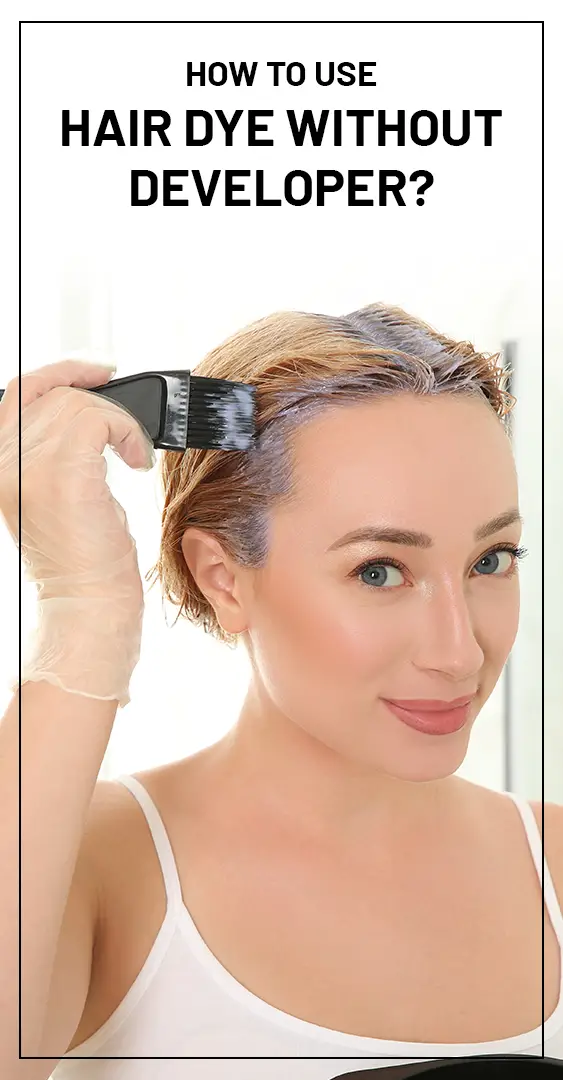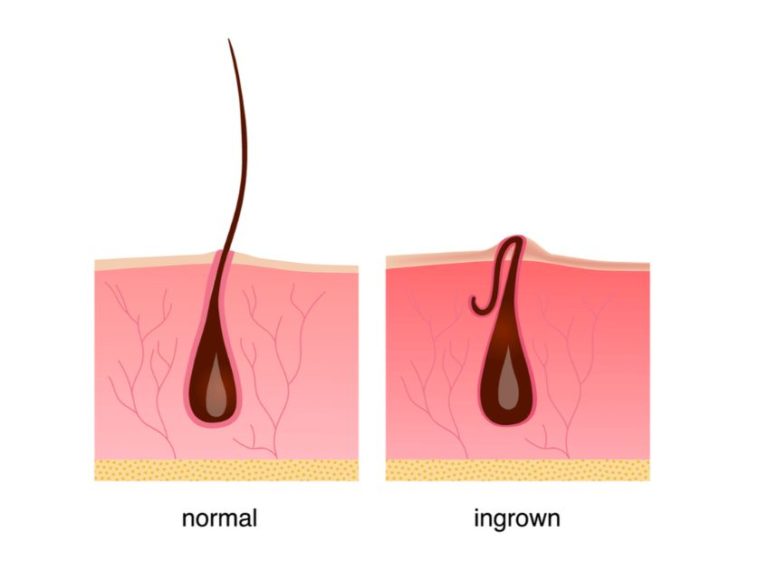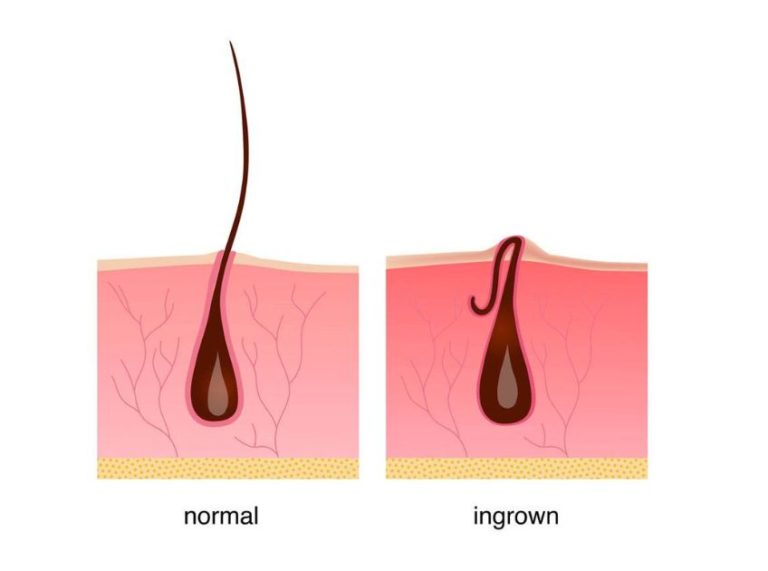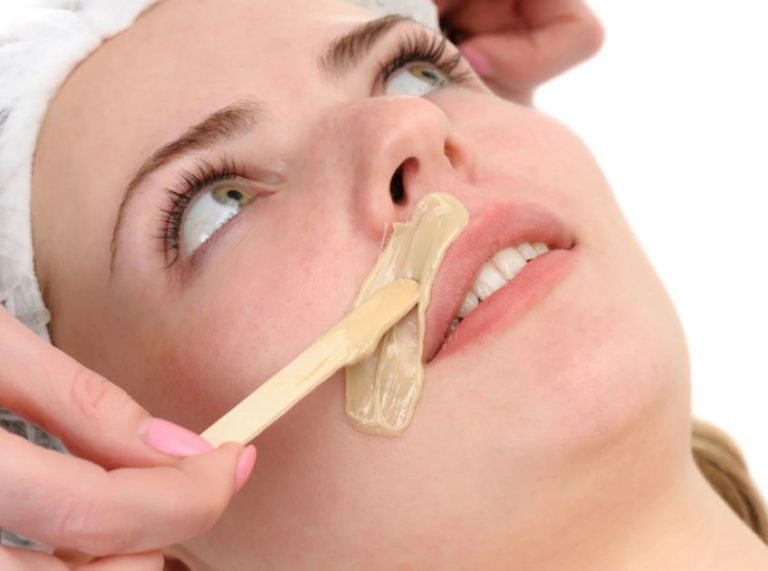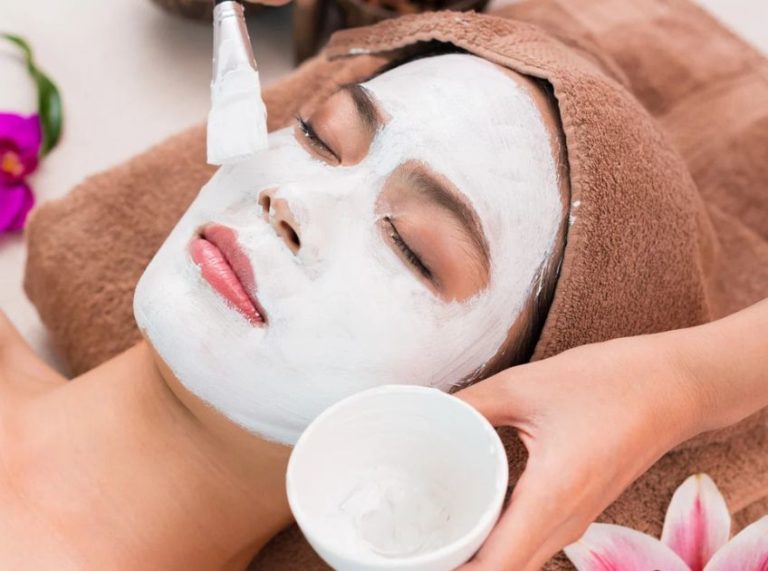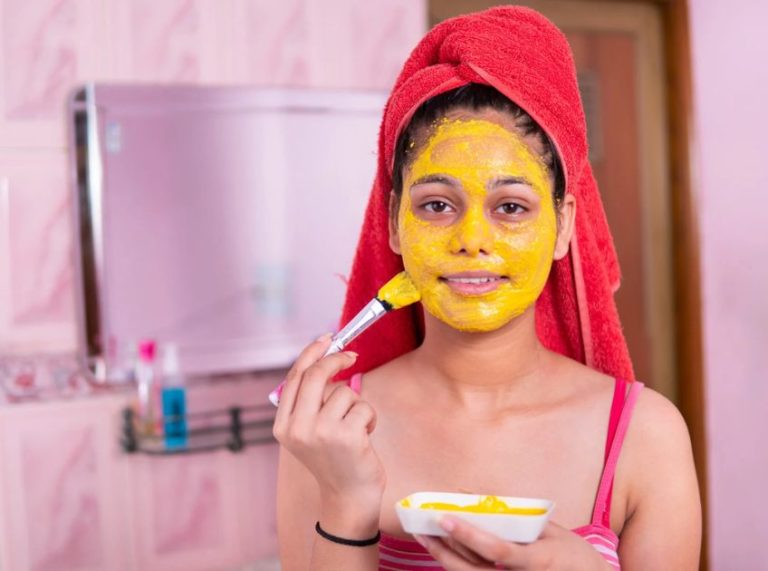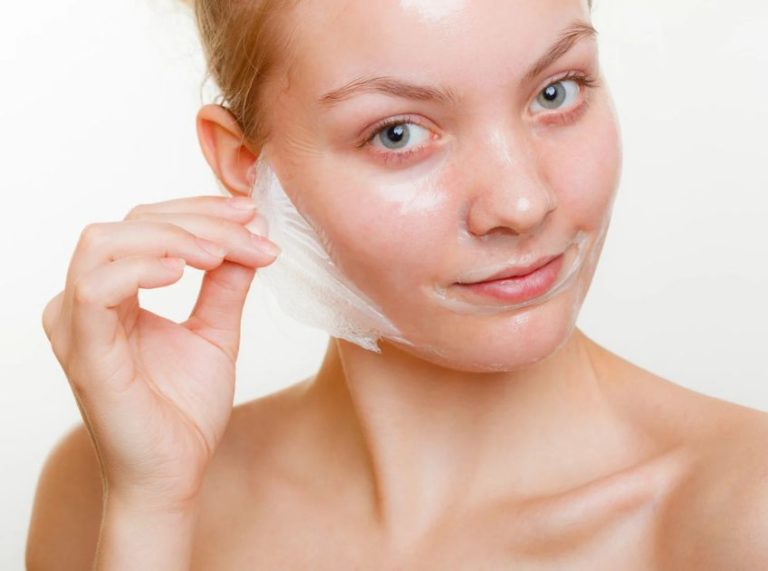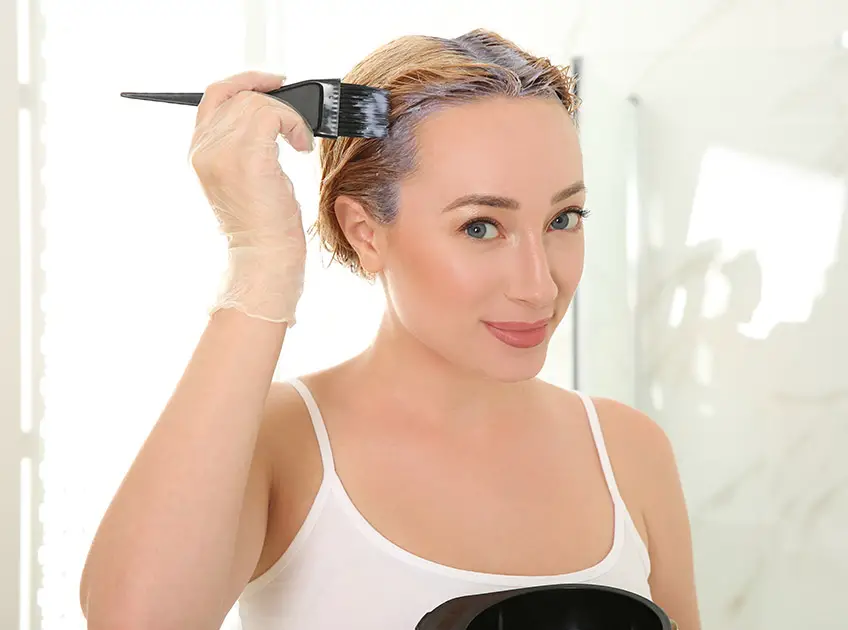
Important: This article is for informational purposes only. Please read our full disclaimer for more details.
Sometimes you might prefer to pamper yourself in the comfort of your own home rather than feeling the need to visit a salon. One such example is hair colouring, which many of us can do affordably and in the comfort of our homes. It sounds exciting and experimental to dye your hair at home, and why not when you can enjoy it with your friends and cousins?
However, using a developer when dyeing at home brings with it its own unique set of difficulties. These substances, which are usually called activators, are combined with bleach or dye to lighten hair colour. The developer volume is based on the hydrogen peroxide content of this creamy substance. Developers are typically purchased along with bottles of dye, but if you’d prefer, you can purchase either of them independently. Even though using a developer is advised when dyeing, this highly acidic substance requires careful guidance and knowledge; as a result, it is advised to consult with your hairdresser before purchasing a developer.
Dyeing Hair Without The Developer – Is It Possible?

The conundrum of this question looms over that dyeing without developer, is this the best approach? If so, why? Well, that answer is more of a yes or no; something of confusion.
According to general advice, dying without a developer won’t produce the best results, but if someone is seeking a short vacation, they can still give it a try. You can use semi-permanent hair dye to achieve the desired result, though it won’t be permanent. It can give you a result that is somewhat similar to or even close to a permanent one.
The developer is crucial if you’re looking for something long-lasting. The developer raises the cuticle of your hair to allow the pigment to enter the shaft. The dye will simply coat the outer surface in the absence of a developer, resulting in only a brief change in colour.
Semi-Permanent Dyes
So, you cannot use a permanent dye to colour your hair without a developer. However, as was already mentioned, there is a solution in the form of semi-permanent dyes. Since the end result of semi-permanent dyes is to stain the outer layer of your hair rather than your hair shaft, they do not require a developer. Given that the cuticle is not opened during the process, which eliminates the need for hydrogen peroxide, these dyes are simple to wash. They do not change the fibre of the hair strand; they merely coat its outer layer. Consequently, it is much safer for us than permanent dyes. Some of these might also provide nourishment for the hair and moisturizing components like jojoba oil and argan oil.
Although they are all positive things, semi-permanent dyes are not always butterflies because they can be removed with soap and water, they can’t lighten your hair, and they can only be used to achieve darker shades than your natural hair colour.
Direct- Deposit Dyes
Direct deposit dyes are a different alternative that is inexpensive, quick, and useful. As to what these are, the name alone provides sufficient description. These are dyes that can be applied without the use of a developer or even a full-fledged bathroom session. They typically come in flashy, bright colours with glitters, but you only need a few minutes to be ready to go with any colour you prefer. Birthday celebrations, Halloween, and other special events are frequent occasions when people see them. The main drawback of these inexpensive and simple session tricks is that they are difficult to remove. They are typically used as highlighters. As a result, they get on quickly, the sticky substance once stuck to your scalp is a bit difficult to get right off the bat.
Precautions To Take Before Applying Hair Dye Without A Developer
What harms people more? Do you use a developer or not? This is a contentious issue, just like whether the chicken or the egg came first. As you can see, this question has no firm solution. Your scalp can be damaged by using a developer, and the acid is the obvious reason why. It ignites! To penetrate and open the cuticle for permanent colour to go right through your scalp. Although this is not the case with direct deposit or semi-permanent dyes, they do have their own set of baggage. Let us quickly run through some pre0cautiosn one can measure before using these dyes:
- Read The Instructions Carefully: The general mistake one usually makes is not to go through the instruction carefully written on the backside of the box. Read them, they give us the institute to chemical composition and the components used in the colour.
- Always Test: It is preferable to conduct a test before moving forward with an application. Check to see if your skin reacts allergically to the semi-permanent dye or direct deposit dyes. Examine your skin with a small amount to check for abrasions, redness, or itching.
- Have A Basic Hair Colouring Kit: Make sure you use a latex glove, plastic bowl, and plastic brush and have moisturizing creme for protecting your skin. Avoid metal bowls as they tend to react with chemical dyes
- Stick To A Shade That Is Near To The Original: If you’re using semi-permanent dyes, it’s best to stay with shades that are close to your natural colour. The crucial range for hair dyeing is three shades darker or lighter. Anything more than that carries a high risk of hair damage and unpredictable outcomes.
- Don’t Go For Unnecessary Experimentation: Another precaution to take while going for home hair-dye is not to take up unnecessary experimentation. Always run a test because you do not want to end up with random colours the next hour.
Hair dyeing is possible without developers, and it’s not the end of the world. Hair dyeing at home is a routine procedure without developers if the proper precautions are taken. If you, do it with your friends or cousins, it is enjoyable and fulfilling.
You Might Also Like:
- Can You Dye Your Hair With A Perm?
- How Long Does It Take To Dye Your Hair?
- Can You Mix Hair Dye Brands?
- Can You Dye A Synthetic Wig?
- Can You Mix Hair Dye Brands?
- How Long Does Permanent Hair Dye Last?
- How To Remove Hair Dye
- How To Remove Hair Dye From Skin at Home?
- Will My Hair Dye Run In A Swimming Pool?
- 11 Side Effects of Hair Dye You Should Know About
- How To Remove Hair Dye Stain From Sink
- Can You Use Hair Dye on Eyebrows?
- How to Use Baking Soda to Remove Hair Dye?
- How to Remove Hair Dye with Baking Soda?
- Can I Use Red Hair Dye As A Filler?
- Can You Dye Your Hair With Food Coloring
- Does Color Remover Damage Hair?
- When To Wash Hair Before Coloring or Highlighting?
- 7 Best Permanent Root Touch-Up for Grey Hair
